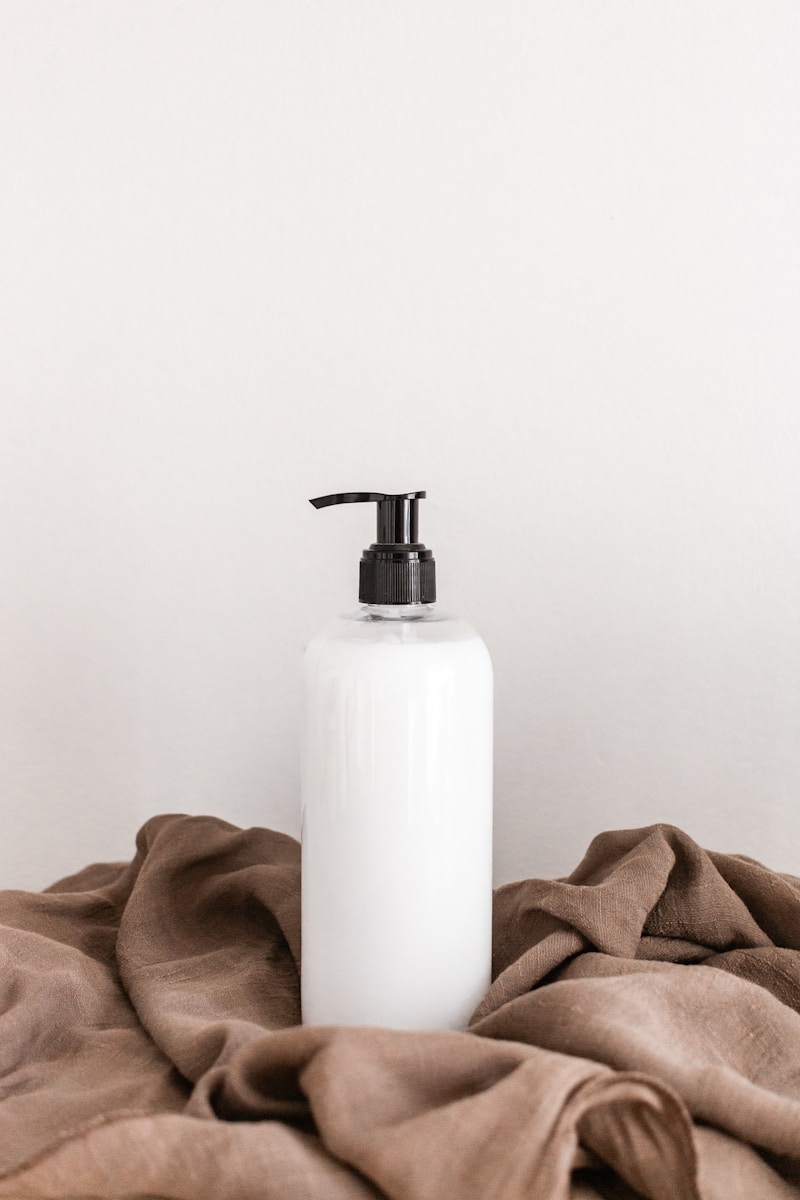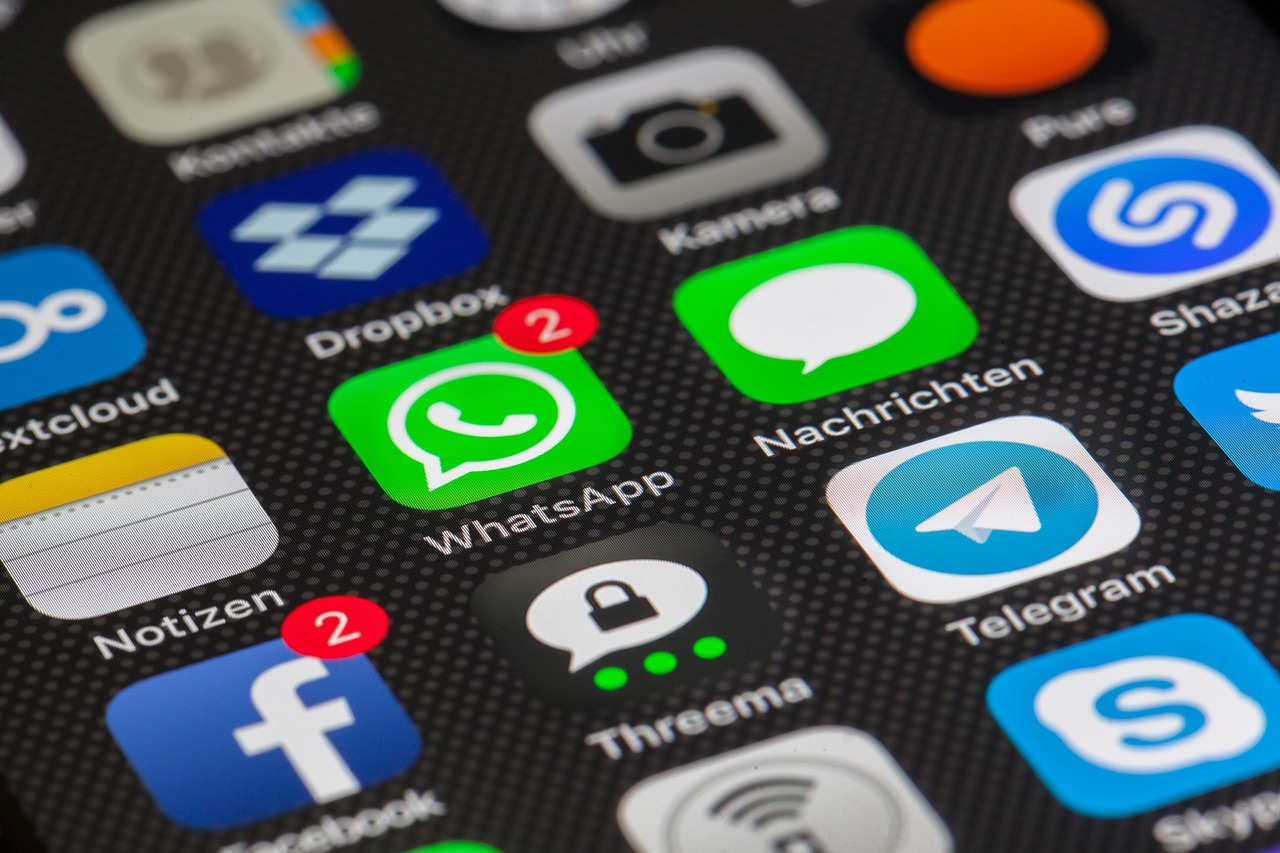There’s nothing worse than coming home on a hot day only to find your air conditioner blowing warm air—or worse, not working at all. Before you panic or call in a professional technician, there are a few simple troubleshooting steps you can try on your own. Often, the issue is minor and can be resolved quickly without the need for expensive repairs. Here are some easy fixes to try first when your AC isn’t cooling properly.
1. Check the Thermostat Settings
This may sound obvious, but it’s always worth checking your thermostat. Make sure it’s set to “cool” and that the temperature setting is lower than the current room temperature. If it’s a programmable thermostat, double-check that the schedule hasn’t changed or reset. Sometimes, a simple bump or power outage can alter the settings. AC repair in Layton, Utah can help you with this.
2. Replace or Clean the Air Filter
A clogged or dirty air filter is one of the most common reasons an air conditioner fails to cool properly. When the filter is blocked, airflow is restricted, and the AC system has to work harder, reducing its efficiency. In some cases, it may even cause the system to freeze up. Check your filter and either clean or replace it, depending on the type.
3. Inspect the Outdoor Unit
Your AC’s outdoor unit plays a crucial role in cooling your home. If it’s covered in dirt, leaves, or other debris, it can’t release heat effectively. Make sure the unit has at least two feet of clearance on all sides, and carefully remove any obstructions. Gently hosing down the fins can also help improve performance—just be sure the power is turned off first.
4. Look for Ice Buildup
If your AC unit is frozen, it can’t cool the air effectively. Ice buildup can be caused by low refrigerant, poor airflow (often due to a dirty filter), or a malfunctioning blower fan. If you see ice on the indoor or outdoor coils, turn off the system and allow it to thaw completely before restarting. If the problem persists, professional help may be needed.
5. Check the Circuit Breaker
If the outdoor unit isn’t running at all, it might not be getting power. Go to your electrical panel and check if the circuit breaker for the AC has tripped. If it has, flip it back on. However, if it keeps tripping repeatedly, that’s a sign of a deeper electrical issue that requires a technician’s expertise.
6. Inspect Vents and Ductwork
Blocked or closed vents can restrict airflow and reduce cooling efficiency. Make sure all vents are open and unobstructed by furniture, curtains, or other items. Also, check for any signs of leaks or disconnections in the ductwork, especially in unconditioned spaces like attics or crawlspaces.
7. Monitor for Unusual Sounds or Smells
If your AC is making strange noises or emitting unusual odors, it may signal a mechanical issue or even mold growth. While this isn’t necessarily a quick fix, identifying these signs early can help prevent further damage and higher repair costs later on.
When to Call a Professional
If you’ve tried all these steps and your AC is still not cooling properly, it’s time to bring in a professional. Issues such as low refrigerant levels, electrical faults, or failing components require trained expertise. Don’t attempt to fix these on your own, as it could be dangerous or lead to more expensive damage.
Before assuming the worst when your air conditioner isn’t cooling, take a moment to go through these simple checks. You might be surprised at how many problems can be fixed with a little DIY troubleshooting. Maintaining your AC system regularly and responding quickly to small issues can help keep your home cool and your energy bills in check all summer long.



